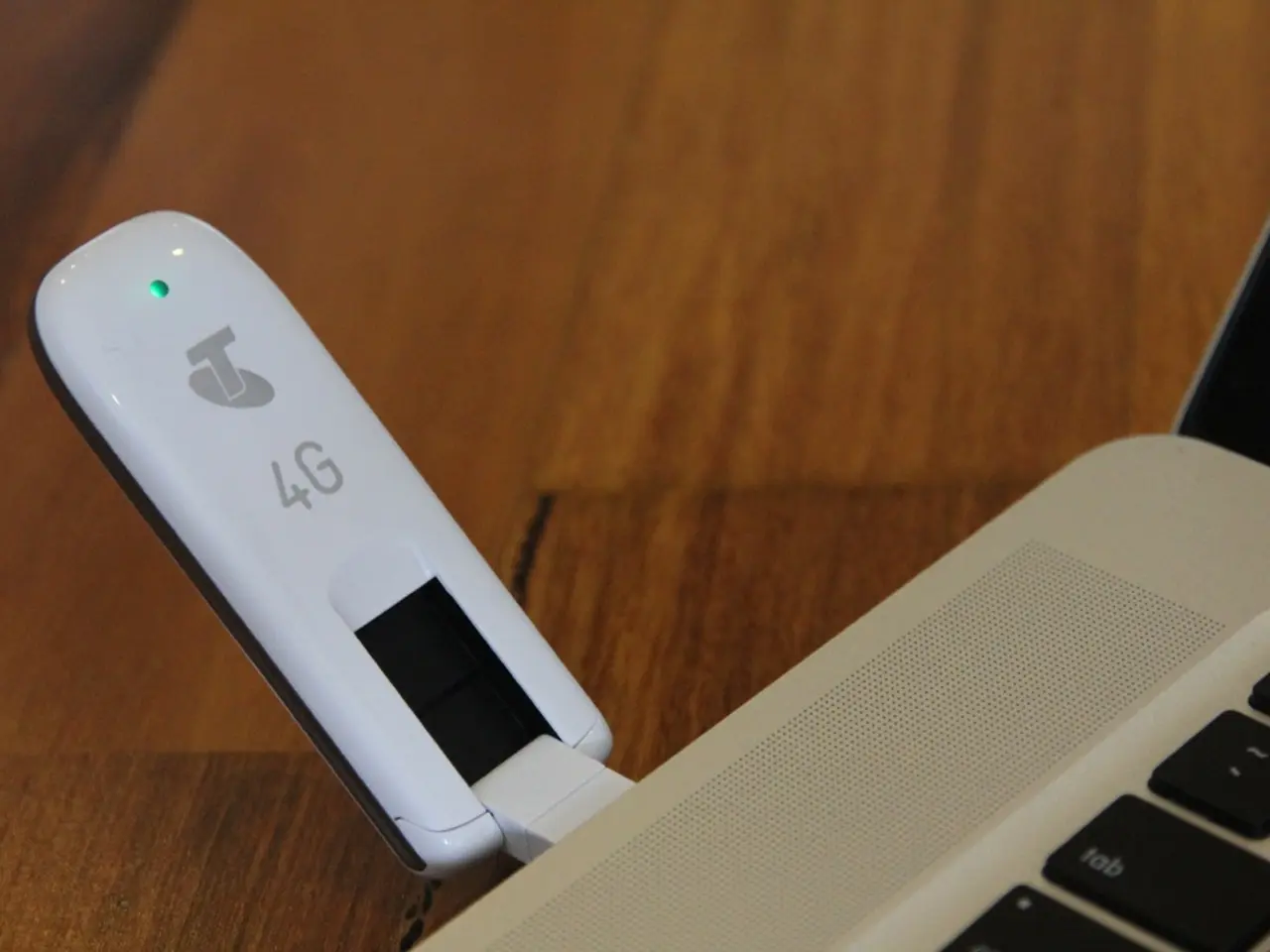Improved Lithium-Air Battery Design Promises Enhanced Energy Capacity and Extended Electric Vehicle Range
In a groundbreaking development, researchers have made significant strides in enhancing the performance of solid electrolytes, particularly in lithium lanthanum zirconium oxide (LLZO) used in all-solid-state lithium-air batteries. The main focus of this research has been to increase the ionic conductivity of the solid electrolyte, a crucial factor for improving battery performance such as charge transport efficiency and overall energy density.
The most promising element discovered for doping LLZO is gallium, which has shown to result in higher ionic conductivity compared to aluminum doping. However, gallium's reactivity with lithium poses challenges, leading to its migration out of the electrolyte and the formation of alloys with lithium. This degradation can cause structural changes in lithium metal and a subsequent decrease in ionic conductivity, negatively affecting battery stability and longevity. To mitigate these issues, an interfacial protective layer is necessary to preserve the conductivity benefits of gallium while preventing its detrimental reactions with lithium.
The implications of gallium doping in these solid electrolytes are far-reaching, particularly for the future of electric vehicle (EV) batteries. Lithium-air batteries doped with gallium-enhanced solid electrolytes could potentially offer up to four times the energy density of current lithium-ion batteries, translating into much longer driving ranges for EVs. Additionally, using solid electrolytes instead of liquid ones reduces fire risks, addressing a key safety concern in EV battery design.
Furthermore, insights from gallium doping studies and interfacial engineering are enabling designs of lithium-based batteries that can perform well at ambient temperatures, making them more practical for real-world EV applications. The new lithium-air battery uses a solid composite electrolyte based on nanoparticles containing lithium, embedded in a matrix made of a material called ceramic-polyethylene (CPE) oxide polymer.
The lithium-air battery stands out due to its strength, durability, and conductivity, making it a promising candidate for the next generation of batteries. The battery operates through a four-electron chemical reaction, which results in greater energy storage and creates lithium oxide (Li2O) instead of traditional lithium superoxide (LiO) or lithium peroxide (LiO). Remarkably, the solid-state lithium-air battery is the first to achieve a four-electron chemical reaction at room temperature.
The study, conducted by researchers using computational and experimental techniques, found that a solid electrolyte made of lithium lanthanum zirconium garnet (LLZO) was the best candidate for such a battery. The researchers' findings open up novel ideas for designing a lithium-based battery chemistry that works at room temperature, potentially achieving even greater energy storage.
In summary, gallium doping enhances solid electrolyte ionic conductivity in lithium-air batteries but requires careful interface engineering to mitigate reactivity with lithium. This balance is crucial for unlocking the high energy density and safety benefits necessary for next-generation electric vehicle batteries, potentially revolutionizing battery performance and driving range in the near future.
Science and technology are intertwined in the promising development of lithium-air batteries, as the enhancement of solid electrolytes, such as lithium lanthanum zirconium oxide (LLZO), through gallium doping could lead to an increase in energy density, potentially offering four times the energy density of current lithium-ion batteries. This advancement, particularly relevant for electric vehicle (EV) batteries, could translate into much longer driving ranges and address safety concerns associated with fire risks by using solid electrolytes instead of liquid ones.




